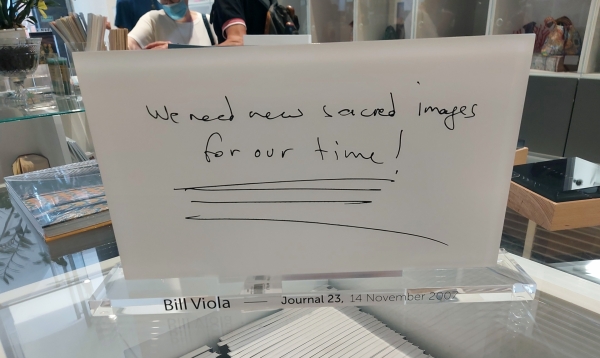
Zeynep Arda
In the past two decades, design has evolved from being undertaken in isolation by designers, and being at the cosmetic end of the decision-making processes, into being a more user-centered, empathic and participatory process. The advance of design thinking, as a proven, repeatable and creative problem-solving method, not only made it a popular tool for many nondesigners, but it also caused designers to build confidence for tackling more complex and comprehensive problems in different realms. As designers stopped assuming the needs of the users/ audiences and focused on investigating their actual experiences to meet their requirements, we started to have very powerful tools in design for social change. This research, that is about to be concluded, aimed to discuss these issues to explore how the immigrants adapt to the new cities where they settle, how they relate to their new environments and how they belong to a new place. Hence, in this context of displacement, resilience can be investigated in two-folds: In the resistance of the receiving cultures in opening up to newcomers and the resilience of the migrants, so that they can survive in a new culture which is not their own. Yet, Manzini’s definition of resilience brings about a third-fold which coincides with the direction this research has taken. Placemaking is not a problem within the “physical sciences” – especially today. As long as city planners, and the businessmen, lenders, and legislators who have learned from planners, cling to the unexamined assumptions that they are dealing with a problem in the physical sciences, city planning cannot possibly progress. "Of course it stagnates. It lacks the first requisite for a body of practical and progressing thought: recognition of the kind of problem at issue. Lacking this, it has found the shortest distance to a dead end" (Jacobs, The Death and Life of Great American Cities, 439). Hence, this research aims to undertake the concept of “placemaking” as a communication issue, focusing on the current popular technologies and investigating its significance for four different groups within five different cities. As of June 2022, sixty-five semistructured, in-depth interviews were carried out in Paris, İzmir, Havana, Palermo and Ljubljana, with artists, designers and architects that have migrated from their countries of origin temporarily or permanently. More interviews are to be carried out in Valencia, İstanbul and Berlin before the research is concluded. Eventually, the aim of the research is to synthesize the experiences that were gathered through these interviews and interactions to develop a migrant persona, which illustrates the fact that we are actually looking at people with a lot of different qualities and capabilities when we look at a group of migrants, unlike our mental model, that makes us see a homogeneous group of people that need/want our help whenever we say “migrants”. Hopefully, the artistic migrant persona can be used to work with this group that hides a huge diversity, hopefully it can be used to meet the needs of migrants in different scenarios of adaptation and resilience.
